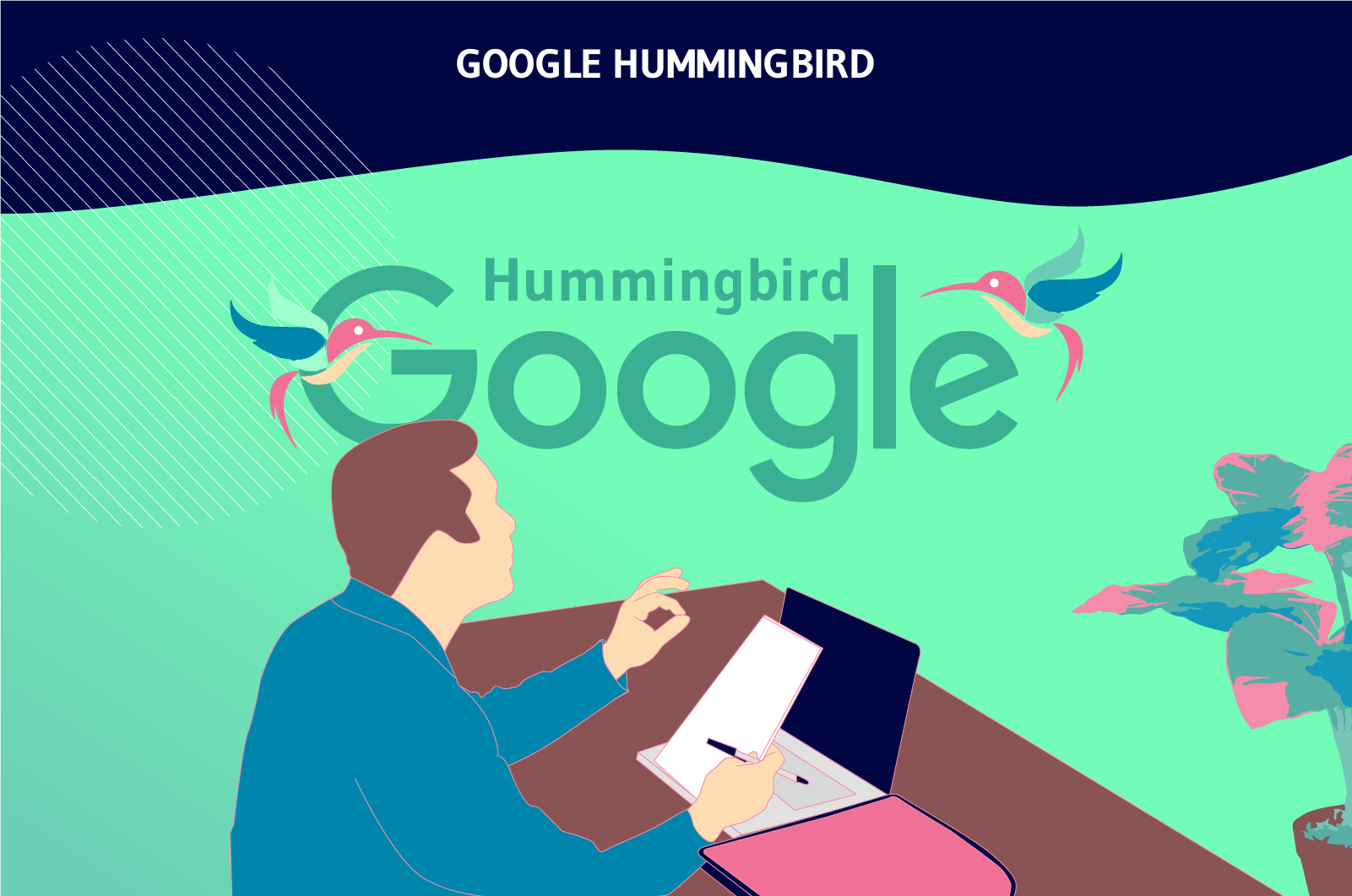Google Hummingbird is a complete overhaul of the main algorithm that the American firm uses to process search results. This major update uses conversational search to examine the intent behind searches. The goal is to offer users more relevant results rather than simply matching words with highly trusted websites
Google is constantly improving its algorithm and according to experts, the search engine makes about 500 to 600 changes to its system per year.
While some changes are simple patches, others are of great importance and bring major changes in the SEO world.
This is the case of Google Hummingbird which has completely transformed online search and the way Google processes queries to provide results to its users.
But in concrete terms,
- What is Google Hummingbird and how does it work?
- How does this change in Google’s algorithm transform the world of SEO?
- How can you update your website to keep up with Google Hummingbird?
These are all concerns that we will try to answer in an explicit way.
Chapter 1: What is Google Hummingbird?
Google updates its algorithm quite often. But some updates are so important that they completely change the world of SEO.
This chapter is dedicated to a major change in Google’s algorithm, Hummingbird.
1.1 What is Hummingbird?
Announced for September 2013, Hummingbird actually went live a month early, in August of the same year. Hummingbird is often presented as a redesign of the search algorithm
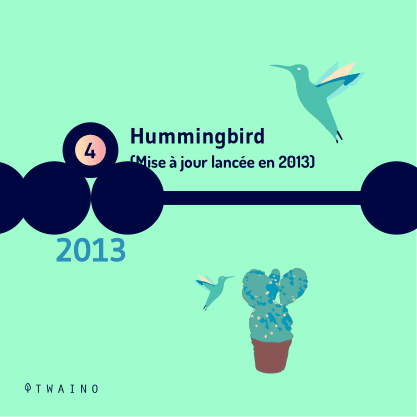
It is one of the most ambitious adjustments to the algorithm and SEO specialists find it inappropriate to refer to it as a simple update.
Hummingbird is essentially a completely overhauled version ofGoogle’s search algorithm, not a simple patch or update like Penda.
Google itself considers Hummingbird to be the biggest breakthrough in the algorithm since 2001.
This algorithm redesign has significantly changed the way the search engine delivers query results. Indeed, the goal of the algorithm is to break old search habits.
1.2 What is the objective of Google Hummingbird?
The main goal of Hummingbird was to examine the intent behind searches in order to provide more relevant results, rather than simply matching words with pages formatted to those words.

In the past, people would type a question into Google and the algorithm would first determine the keywords. It would then show links containing those specific words rather than links that were related to the context of the query.
More often than not, the results from this method of processing queries did not provide users with the answers they really wanted.
To remedy this, Google found a way to make its search algorithm “smart” enough to take into account the context of a question rather than considering the words of the query separately.
This is how the search engine developed Hummingbird. Combined with the old features of the existing algorithms, Hummingbird allows to identify the search intent to provide a complete answer.
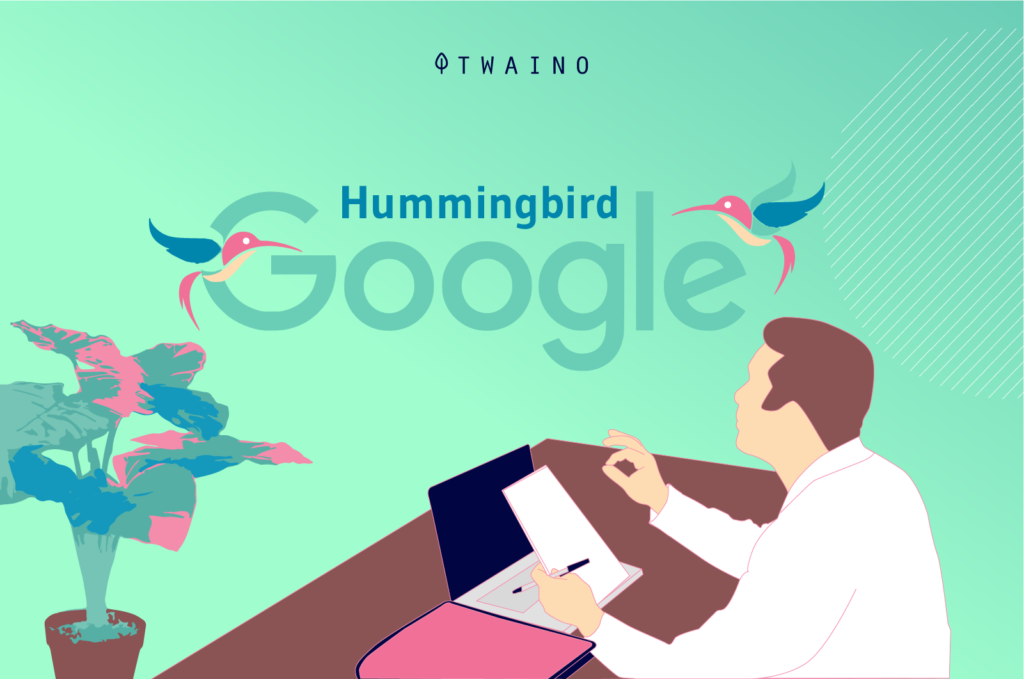
Simply put, Google Hummingbird incorporates new features and understands queries in a human way to display more tailored results.
1.3 How does Google Hummingbird work?
At the heart of how Google Hummingbird works are two very important concepts: the knowledge graph and semantic search.
1.3.1 Google Hummingbird and semantic search
Semantic search is the concept of improving search results by focusing on the user’s intent.
It also focuses on how search terms relate to other information in a broader sense, or their contextual relevance.
Semantic search aims to determine what the user really means to provide relevant results rather than just considering a set of keywords.
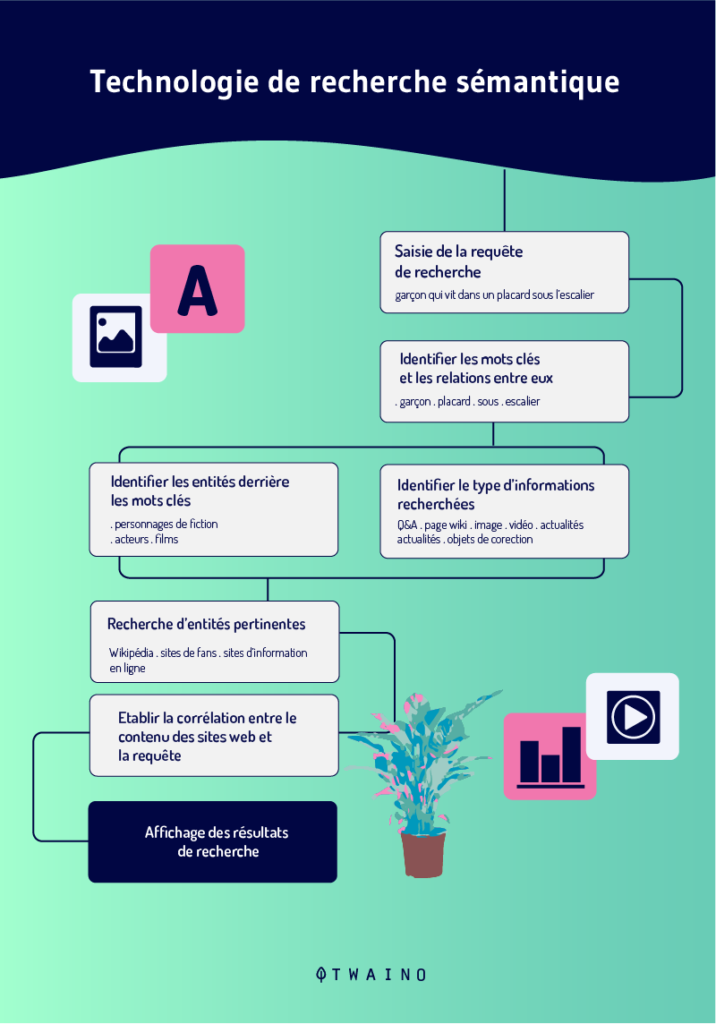
For example, if a user searches on the term “weather”, they are more likely to be looking for a forecast for their region, not an explanation of the science or history of weather.
Applying this example to our definition of semantic search, “Weather” is the keyword or search term. But the user’s intent is the desire to obtain a local forecast.
As far as the context of the query is concerned, it is the difference between a weather forecast and an explanation of weather concepts.
It is true that Google’s algorithm might not always know exactly what we want. So as a precaution, it provides a series of results including a local forecast and other information about the term “weather”.
1.3.2. Google Hummingbird and the Knowledge Graph
One of Google’s goals is to help users find answers to their queries faster.
Before the deployment of Google Hummingbird, the search engine only displays links to pages where users can find answers.
But Google realized that this process was slow and often irritating, even for users who were getting relevant results.
To make the search process more intuitive, Google decided to exploit all the knowledge it had collected and stored since its existence.
The search engine therefore launched in 2012, the Knowledge Graph, which later became part of Hummingbird.
A Knowledge Graph also called knowledge graph represents a network of real-world entities (objects, events, or concepts) and illustrates the relationships between them.
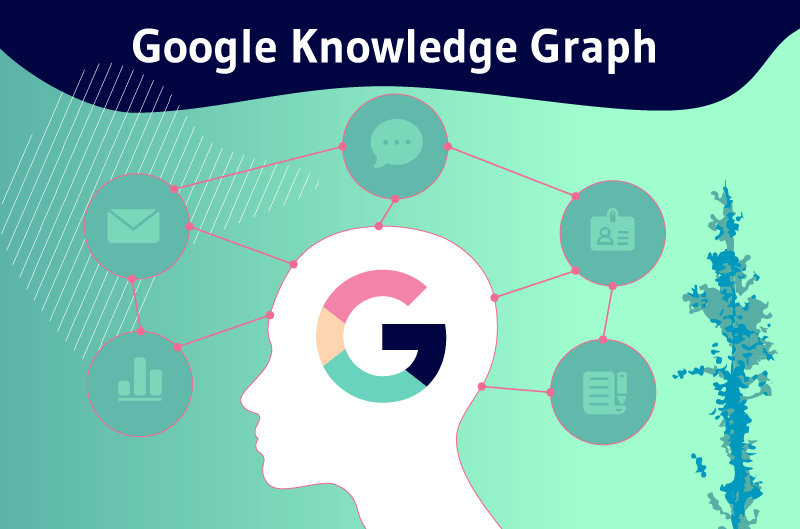
This information is usually stored in a graph database and visualized in the form of a graphical structure, hence the term knowledge “graph”.
Knowledge graphs usually consist of data sets from various sources, often with different structures. The structure is a set of 3 elements; schemas, entities and context.
The schemas provide the framework for the knowledge graph, the identities classify the underlying nodes appropriately, and the context determines the framework in which this knowledge exists.
These three elements help distinguish words with multiple meanings. For example, the search algorithm can easily determine the difference between Apple, the brand, and “apple”, the fruit.
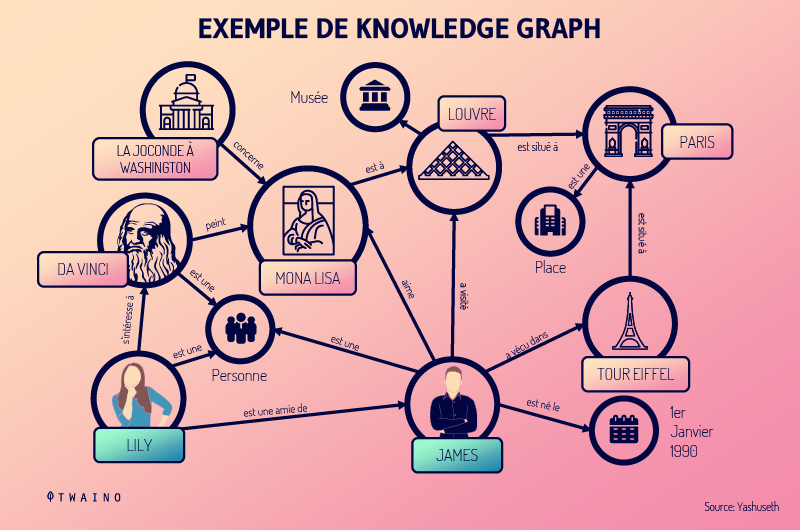
Google also uses the Knowledge Graph to give faster answers to its users. Indeed, Google provides them directly the answer without forcing them to leave the SERP.
This meant that users no longer had to click on a site even if it was well ranked to get answers to certain queries.
1.4. What are the effects of Google Hummingbird?
Before Hummingbird was rolled out, Matt Cutts said it would affect 90% of all searches, but in a subtle way.
Knowing that Google processes over 3.5 billion searches per day, that means Google Hummingbird affects over 3.15 billion.
Unlike the Panda and Penguin updates, Hummingbird did not have a widespread negative effect on websites
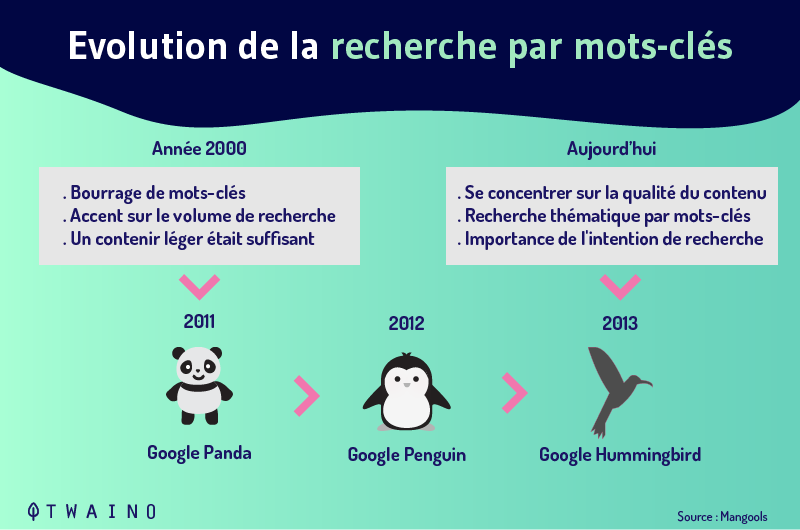
Overall, SEO professionals perceive Hummingbird as a very positive update to Google’s algorithm.
The Hummingbird update does not result in penalties, which is a good thing for site owners. But that’s no reason to ignore this update when creating or modifying your site.
Chapter 2: Google Hummingbird and SEO
Google Hummingbird has undoubtedly brought SEO into a new era. While some believe that Hummingbird was the end of SEO, others are much more optimistic.
In this chapter, we discover the new changes that this revision of the main algorithm brings to SEO.
2.1 Google Hummingbird and Voice Search
Faced with the inevitable rise of voice search, Hummingbird is a step by the American firm to master this technology.
Statistically speaking, one third of the U.S. population uses voice search features and 71% of consumers prefer to make voice queries rather than type them.
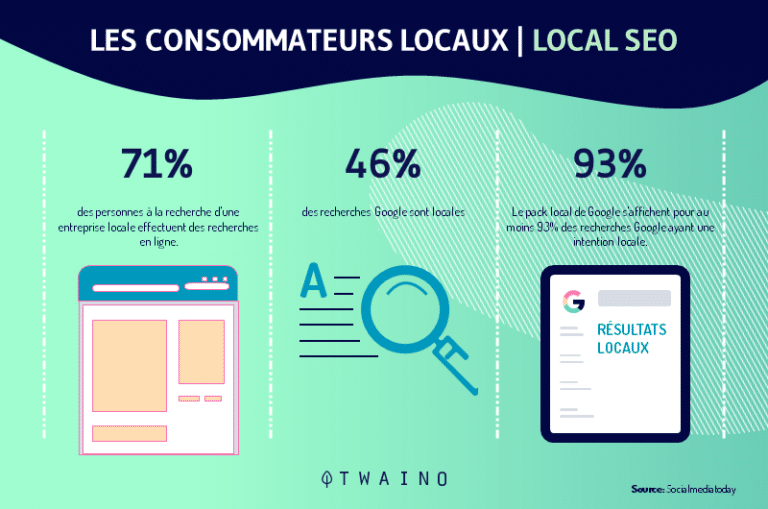
The emergence of voice search requires Google to equip itself to fully understand natural language, using speech for searches.
This could be “Where is the cheapest place to eat Mexican food near me?” or “How do I fix a leaky kitchen faucet?”.
You may have noticed a small microphone icon in the right corner of the Google search box.
If a user clicks on this microphone (and has set up their computer to do so), they can ask the question they would have typed in the search field aloud.
Through this feature, Google engages in a verbal conversation with users to address their concern.
If you use this feature, you have probably noticed that the more conversational the query, the more information is provided.
2.2 Google Hummingbird and local search
While the organic SEO community has been struggling to understand the effects of Hummingbird on the web in general, local SEO specialists have had to deal with some of the fallout from this adjustment.

At first, local SERPs seemed to have fewer results. For example, a query like “Paris lawyer” might yield one or very few results instead of all local businesses.
In the past, SERPs would show businesses polluting Google by using fake business names and the firm would fail to provide a relevant experience for users.
With Hummingbird, this frustrating scenario is finally resolved for the most part. Additionally, the local SEO community has speculated that Hummingbird may have had the following effects on local and local organic results:
A greater localization of organic results for queries with local intent;
A continued and substantial presence of directory-type results in local organic results.
2.3 Google Hummingbird and long tail keywords
Since Hummingbird considers phrases instead of keywords, the use of long-tail keywords has become more important than ever in SEO.
“How to” content is also very useful considering how many people in the world use the phrase “How do I learn” or a similar phrase.
Long tail keywords are phrases that are typically used for content to be picked up in searches, and this practice is not new.
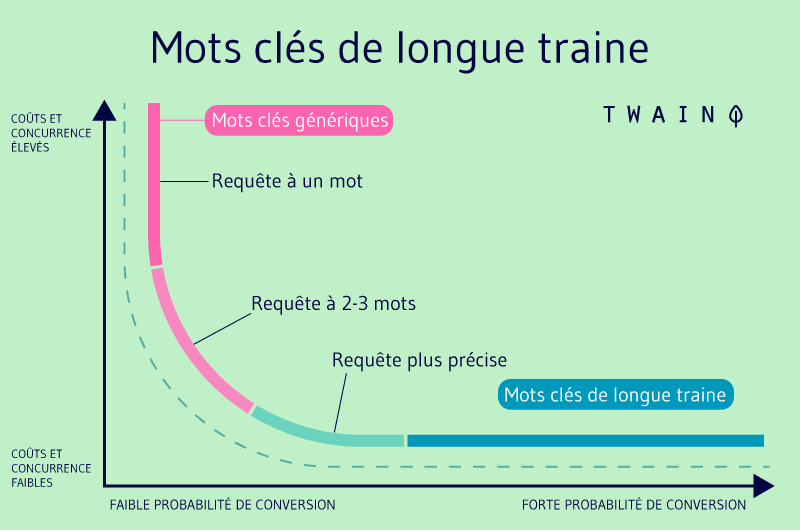
For example, if you own a site that sells your services as a cooking teacher, you’re definitely going to use several keywords on the site.
This will mean using phrases like “learn to cook” and “experienced cooking teacher”, rather than just having “cooking class” or “cooking”.
On the other hand, Hummingbird is also smarter, so it recognizes keyword stuffing, which doesn’t help sites that engage in this practice.
2.4. What does Hummingbird mean for SEO?
Search engine optimization has changed somewhat with the introduction of Hummingbird.
With Google Hummingbird, digital marketers have realized that the most important thing to offer Google is the context of the topics around which a piece of content was created.
For a long time, Google considered page authority to be an important ranking factor.
By focusing on page content, quality is even more important and helps make query results more relevant.
Hummingbird aims to ensure that Google directs users to the most appropriate page on a website, rather than the home page or top-level page.
Directing search traffic to these pages likely helps improve conversion rates on your site.
PageRank, which rates the importance of links to a page, remains one of the main components of the Hummingbird algorithm. That’s why it’s still important to consider the link metric and strive for quality links.
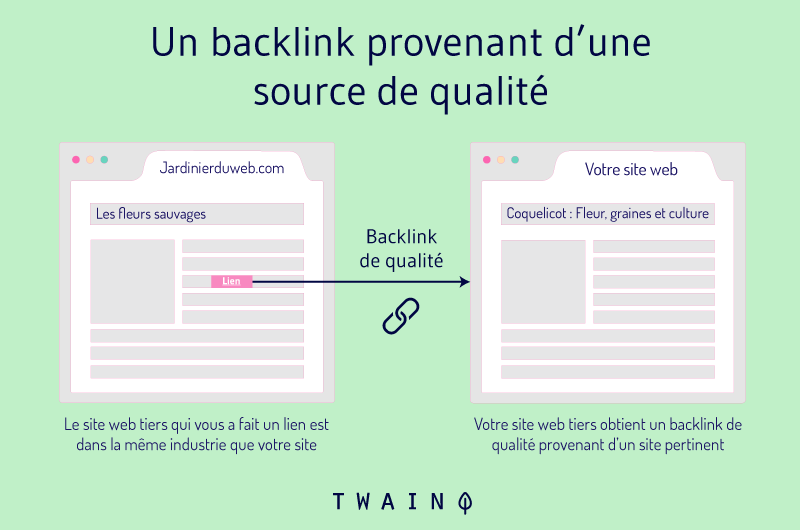
Promoting a relationship between your site and others allows Google to identify what your website or business is about.
When it comes to the quality of inbound links, Hummingbird once again shows that they should come from relevant contexts. That said, it is the context in which the link is present that is important.
As for keywords, while they remain important, Hummingbird reinforces phrase-based queries, which helps optimize the content and questions that are naturally asked.
With the growing number of conversational queries, especially those made through voice search, it’s important that your page content covers informational queries, navigational queries and transactional queries.
Phrases that ask “Who,” “What,” “Where,” and “How” are beneficial for SEO and can help you get richer results.
2.5. What is the future of Google Hummingbird?
Technological advances in natural language processing and the growth of voice search bode well for Hummingbird.
Many experts believe that developments in natural language processing will become a driving force in the advancement of semantic search.
In addition, Google is making strides in voice search, and the adoption of voice search by consumers will only increase the importance of Hummingbird.
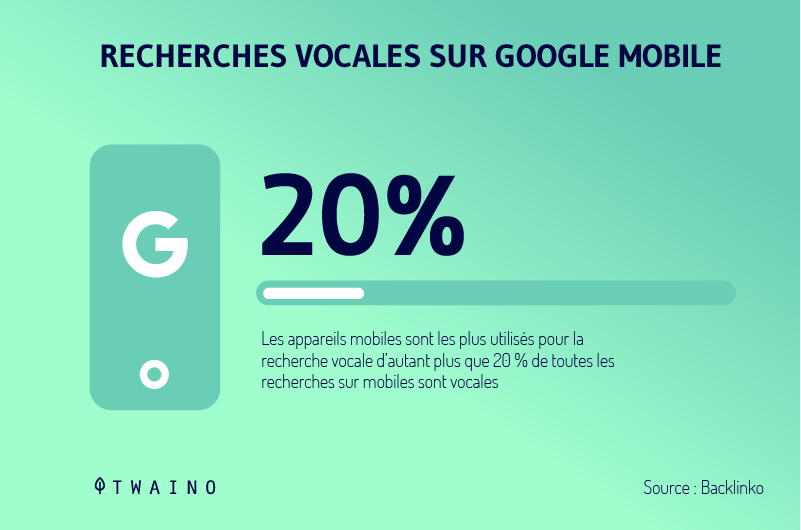
If Google wants to meet the needs of Internet users, it needs to understand what they are saying, the context in which they want the information and where/when they want it.
Chapter 3: How do you update your website to take advantage of Google Hummingbird?
Optimizing pages and sites for Google Hummingbird is very simple. All you have to do is create quality content that your audience wants and finds useful, and that enriches their overall experience.
In this chapter, we’ll look at some best practices for Hummingbird SEO.
3.1. Diversify the length of your content
Long-form content can be more successful than other types of content as part of an overall content strategy.
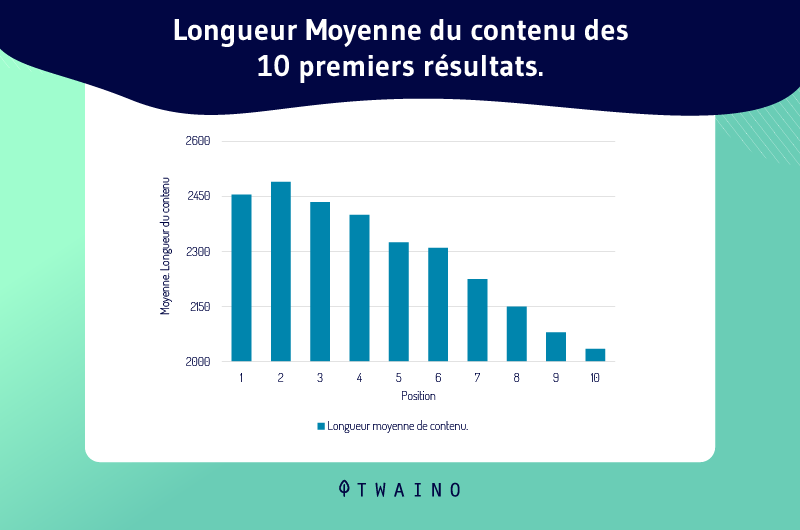
But if every article you publish is a 3,000-word monster, you may not be meeting all of your readers’ needs.
For this reason, vary the length of your content. While it’s true that longer articles tend to get referenced, it would be nice to intersperse shorter articles among the longer ones.
The ideal is to produce content of exceptional quality that meets the search intent of users as Hummingbird wants.
3.2. Produce visual content
Long, in-depth articles are a great way to explore complex topics and a range of ideas in a single article, but sometimes people don’t just want to read.
In fact, sometimes they don’t want to read an article, no matter how long it is. That’s when visual content comes into play.
Infographics, videos, and even simple visuals such as charts and graphs can add excitement to your content.

When they are attractive, they capture users’ attention, which can lead them to stay on your site longer. In addition, they are often easy to navigate, can effectively illustrate very complex ideas, and add color to your site.
To get started with creating infographics, you can use several tools like Canva or professional software like Photoshop.
3.3. Use language appropriate to the topic
Some sites don’t take advantage of using industry-specific language in their content. This is sometimes done out of fear of alienating potential readers who are not familiar with a certain topic or field.
However, by writing content that includes appropriate terminology, you demonstrate to Google that your site is authoritative and valuable.
3.4. Search for keywords
With Hummingbird, SEO now requires a more refined understanding of your audience. It doesn’t start and end with keywords, but starts with the user and understanding what they want.
Keyword research can guide you through this process and to the topics that people in your audience are looking for.

By using keyword research tools like Ahrefs’ Keywords Explorer, you can find the high potential terms.
Other online tools such as Google Trends and Answer The Public will help you find trending topics or topics that people are searching for the most.
This will allow you to create the most useful, attractive, and highest quality page for a query with the appropriate keywords on the page.
Chapter 4: Other issues about Google Hummingbird
This chapter is dedicated to the various concerns about Google Hummingbird that Internet users are looking for online.
4.1) What is a search algorithm in the SEO world?
It is a technical term for what can be considered a technology that Google and other search engines use to sort through the billions of web pages and other information at its disposal.
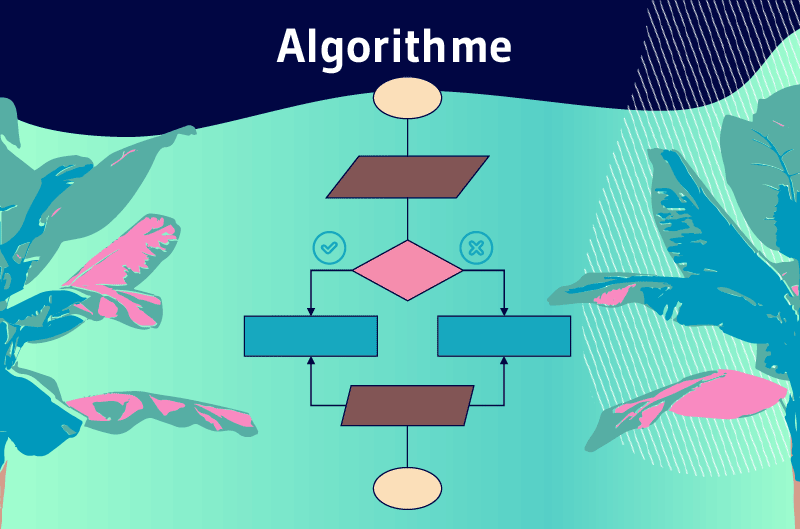
It allows search engines to return web pages that they believe are the best answers when a user makes a query.
4.2. Does the deployment of Hummingbird mean that PageRank is dead?
Hummingbird does not replace PageRank. To make this clear, we need to look at the fundamental difference between the two concepts.
The first one represents the main algorithm of the search engine and allows to process search queries. Meanwhile, PageRank is only one part of the 200 main ranking factors of Hummingbird.
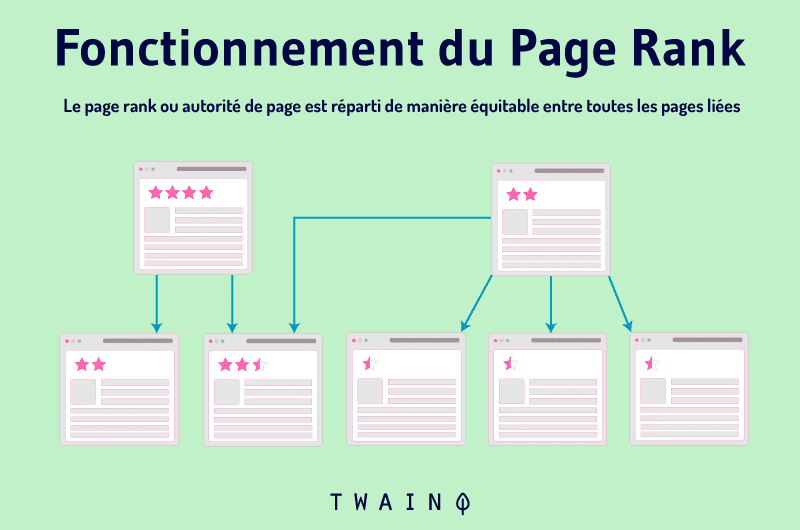
PageRank is an algorithm that Google uses to analyze the distribution of links and connectivity of each website on the web.
This means that Hummingbird takes into account PageRank, which is the importance of links to a page, as well as other factors such as Google’s assessment of the quality of a page, etc.
4.3. Why did Google name the algorithm Hummingbird?
Google Hummingbird owes its name to the little bird of the same name and because of its speed. Indeed, Google says that the name comes from the fact that its algorithm is now much more accurate and very fast.
4.4) How is Hummingbird different from other updates like Penguin and Panda?
Panda, Penguin and the other updates were modifications of parts of the old algorithm, but not a complete replacement of the whole.
Hummingbird on the other hand is a complete change of the algorithm. If we compare Google’s search tool to a car, Hummingbird is a brand new engine that replaces the old one.
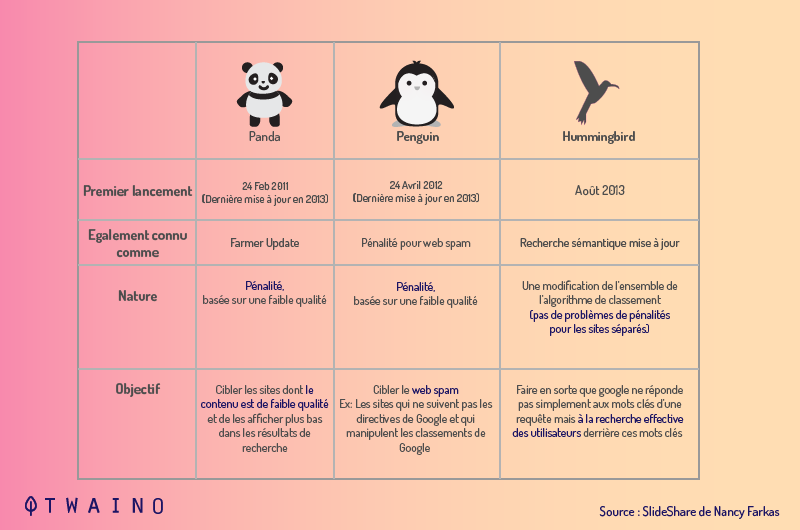
However, this new engine continues to work with the other parts of the car which are nothing but the other updates. According to Google, Hummingbird is a new engine built on both existing and new parts.
The latter are organized to meet the search needs of today, rather than an engine created for the needs of ten years ago, with the technologies of the time.
4.5. What is the difference between Hummingbird and the old algorithm?
While the old search algorithm displays sites with the keywords of a query to respond to Internet users, Hummingbird is more characterized by conversational search.

Indeed, people may find it more useful to have a conversation when they search. For example, on the query “Where is the place near me to buy the Samsung S21?”, the old algorithm might focus on finding matches for the words “buy” and “Samsung S21”.
But Hummingbird focuses best on the meaning of the words. It can better understand the actual location of your home and refer you to the nearest Samsung retail stores.
4.6. Did sites lose traffic after Hummingbird was deployed?
Google Hummingbird did not result in a significant loss of traffic and the sites that reported losing traffic were most likely due to other parts of the algorithm like Penda.
In fact, Google says there’s nothing new or different for SEOs or publishers to worry about. The focus remains the same, it says: have original, high-quality content.

The signals that have been important in the past remain important, and Hummingbird simply allows Google to process them in a new way. So everything that worked before Hummingbird was released will continue to work in the future.
This includes:
- Original, engaging content is still king;
- Legitimate backlinks, achieved through good SEO, are still important;
- The same signals that worked before will continue to deliver results;
- Keywords will still need to be placed carefully and used sparingly.
The only thing that will really change significantly enough to be noticeable is how Google’s new algorithm interprets the way we search.
Conclusion
At the end of this article, it is worth remembering that Google Hummingbird is a new search engine algorithm that uses human language learning technology to process queries like the human brain.
This allows Google to better understand users’ search intent and produce tailored search results quickly and accurately.
The search engine can look for websites that cleverly identify and publish answers to users’ most popular queries as relevant resources for particular topics.
Thus, content that matches the intent of searchers is more likely to rank well organically and locally
SEO professionals should then prioritize meeting search intent to improve their site’s visibility.
The many techniques we’ve discussed in this article will help you take advantage of Google Hummingbird to improve your site’s performance.
Feel free to share with us how you update your site to keep up with this Google algorithm.

